Dwiggins: The Designer’s Designer
Designer and author Bruce Kennett has written the definitive monograph about the definitive designer, William Addison Dwiggins.
It’s difficult to understand what could keep someone interested in a singular subject for over 45 years, but when you speak with designer and author Bruce Kennett, it doesn’t seem strange to him at all. “I’ve never lost my sense of mission in doing it the right way the whole time.”
Kennett is admittedly obsessed with William Addison Dwiggins; the 20th century designer, illustrator, book designer, type designer, and marionette artist. Kennett isn’t the only designer interested in Dwiggins, but he is definitely the only one that has written a 480-page book about him.
The book is being published by Letterform Archive and they have launched a Kickstarter project to make the book a reality. You can pledge to get a hardcover book for $95 or get a limited-edition book (with a letterpress-printed portfolio) for $350.
His Sense of Delight
Kennett discovered Dwiggins’ work in 1972 and he hasn’t stopped being fascinated since. He started by giving small talks and presentations about Dwiggins to local book associations in the U.S. Northeast. “I started out thinking I would just be a Dwiggins cheerleader with my pom-poms on the sidelines, but quickly joined a large group of admirers.” This admiration eventually turned into Kennett starting the book in his spare time in 2003.
“His sense of delight with the world lit me up. The more I got exposed to the breadth of his expression in design, the more I got hooked. I find him to be an endlessly fascinating personality with a very positive outlook on life.”
“He approached everything he did with joyousness and high sense of craft. Dwiggins believed that everything should be fun and he understood that in order to be an advocate for change, you could be more successful with humor than with scolding.”
““His sense of delight with the world lit me up. The more I got exposed to the breadth of his expression in design, the more I got hooked.””
Through all of his life and struggles; including being diagnosed with diabetes at the age of 42 when it was basically a death sentence at the time, Dwiggins was radiant, cheerful, loved his friends, and he shunned the limelight. “He didn’t want to be famous, he just wanted to have a good time doing his work.” From building marionettes, to flying kites, to writing stories which look at human nature, Dwiggins wanted to celebrate the good in all of us.
““For me, there is an inspiring thread of goodwill and intelligence that runs though everything that he did.””
Writing As a River
You could say that Dwiggins is the “Designer’s Designer” and only partly because he is credited with the term “graphic design” in 1922. He may be most well-known for his type designs (such as Metro, Electra, and Calendonia) but Kennett’s book covers the entire breadth of his career from book design to making 12-inch marionette puppets.
Kennett describes writing the book like stepping into a river: “I feel that I have been carried by my affection for Dwiggins and the regard that he is held by others along with all of my friends that are editors, printers, binders, publishers, etcetera.”
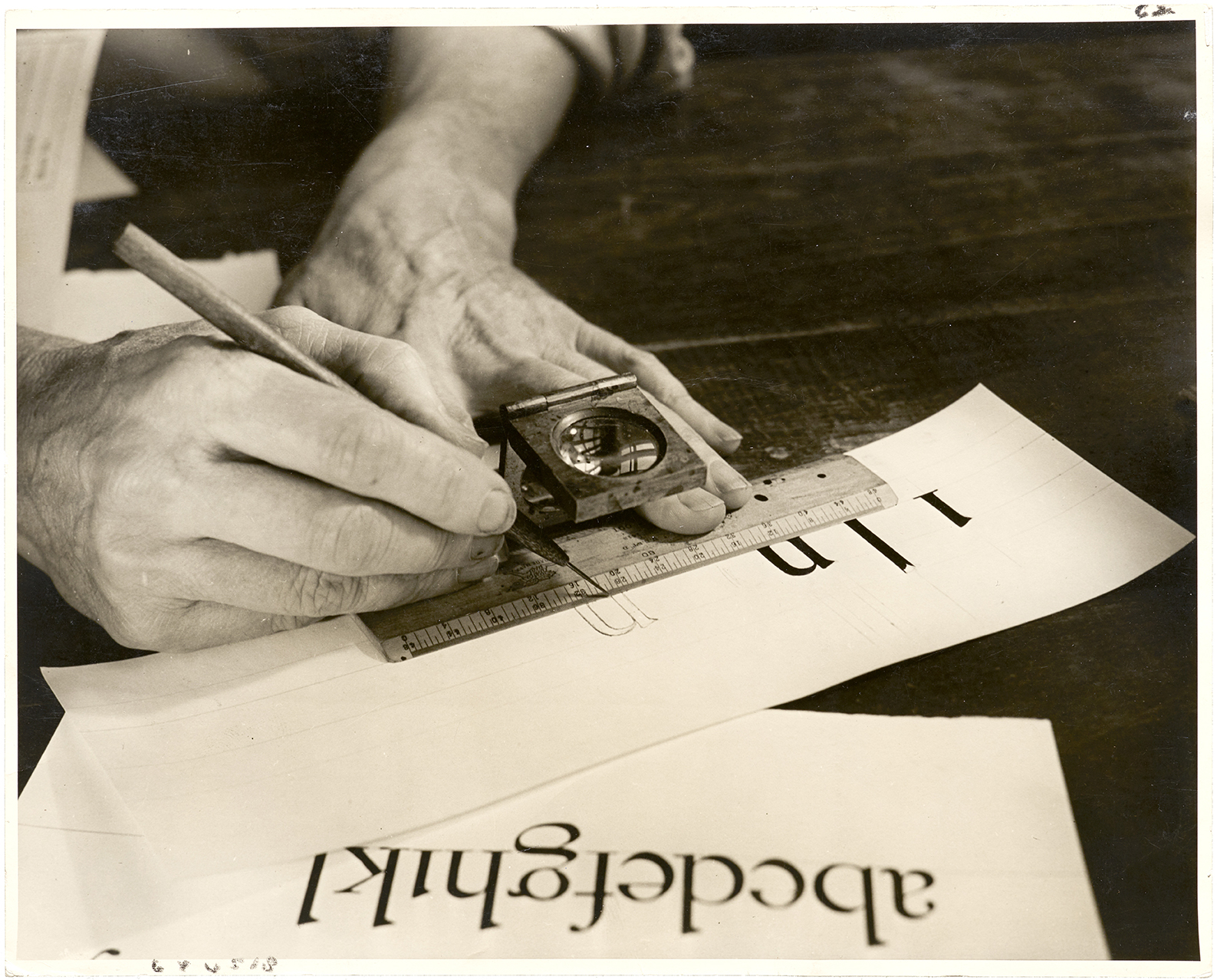
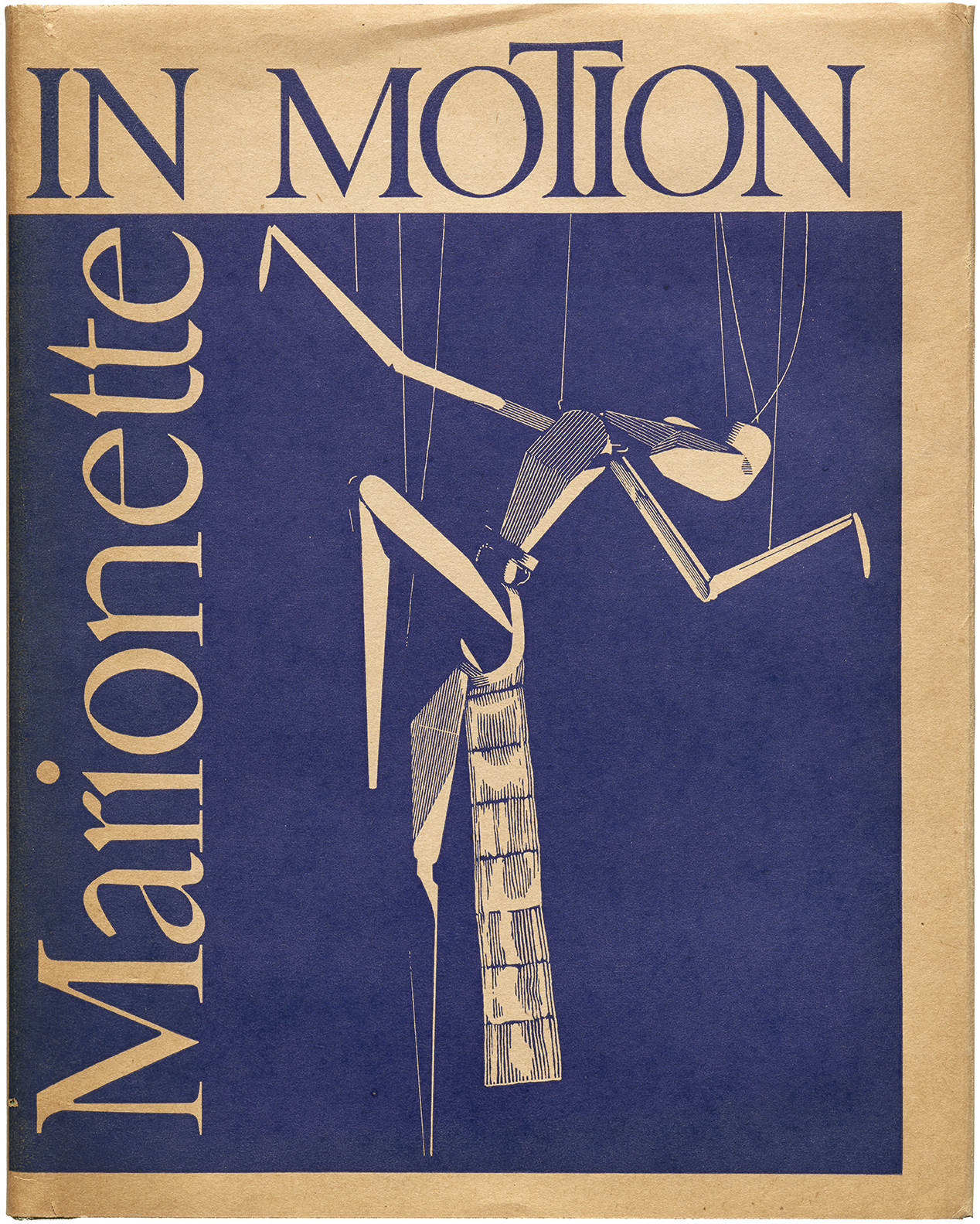
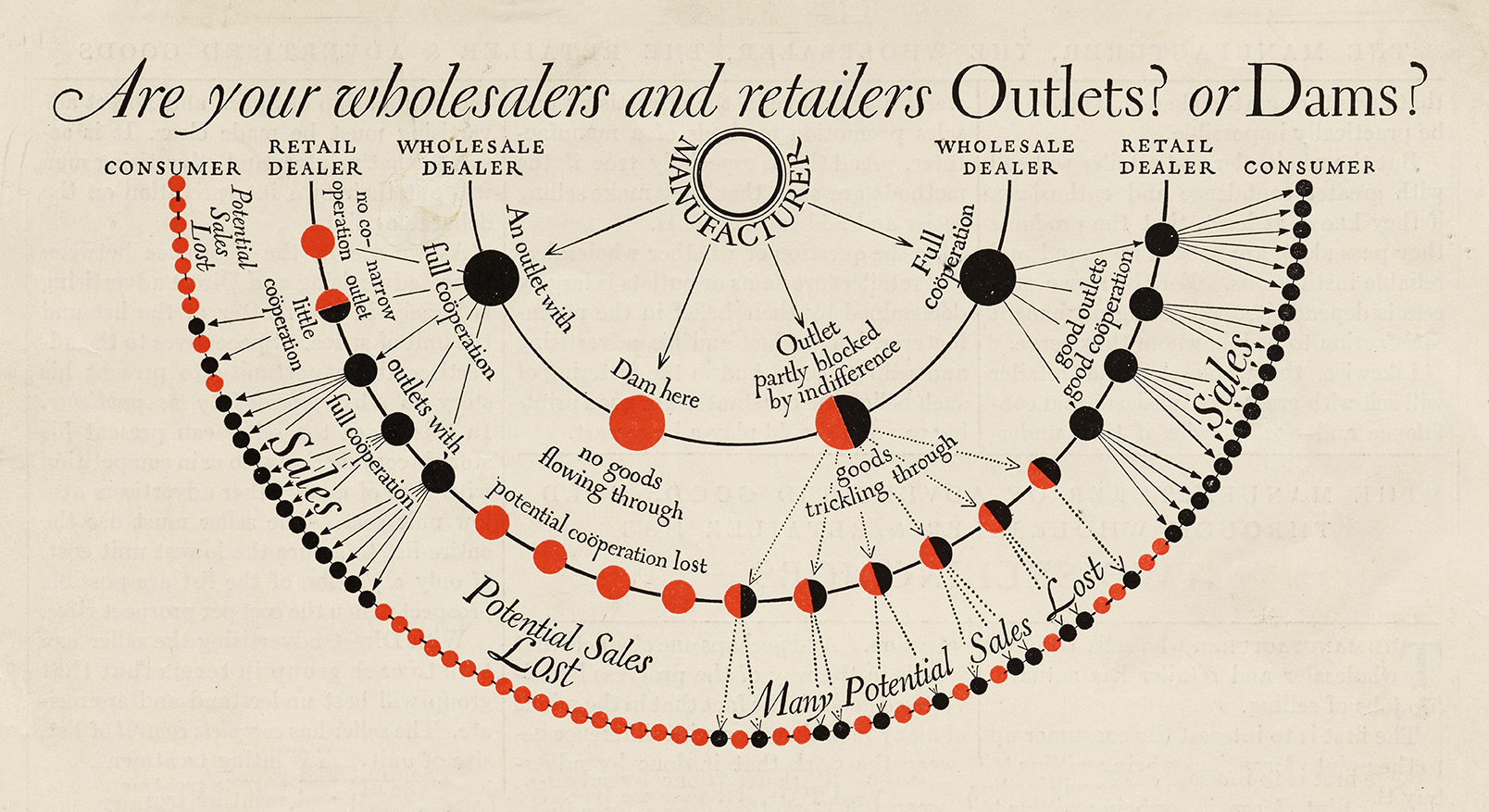
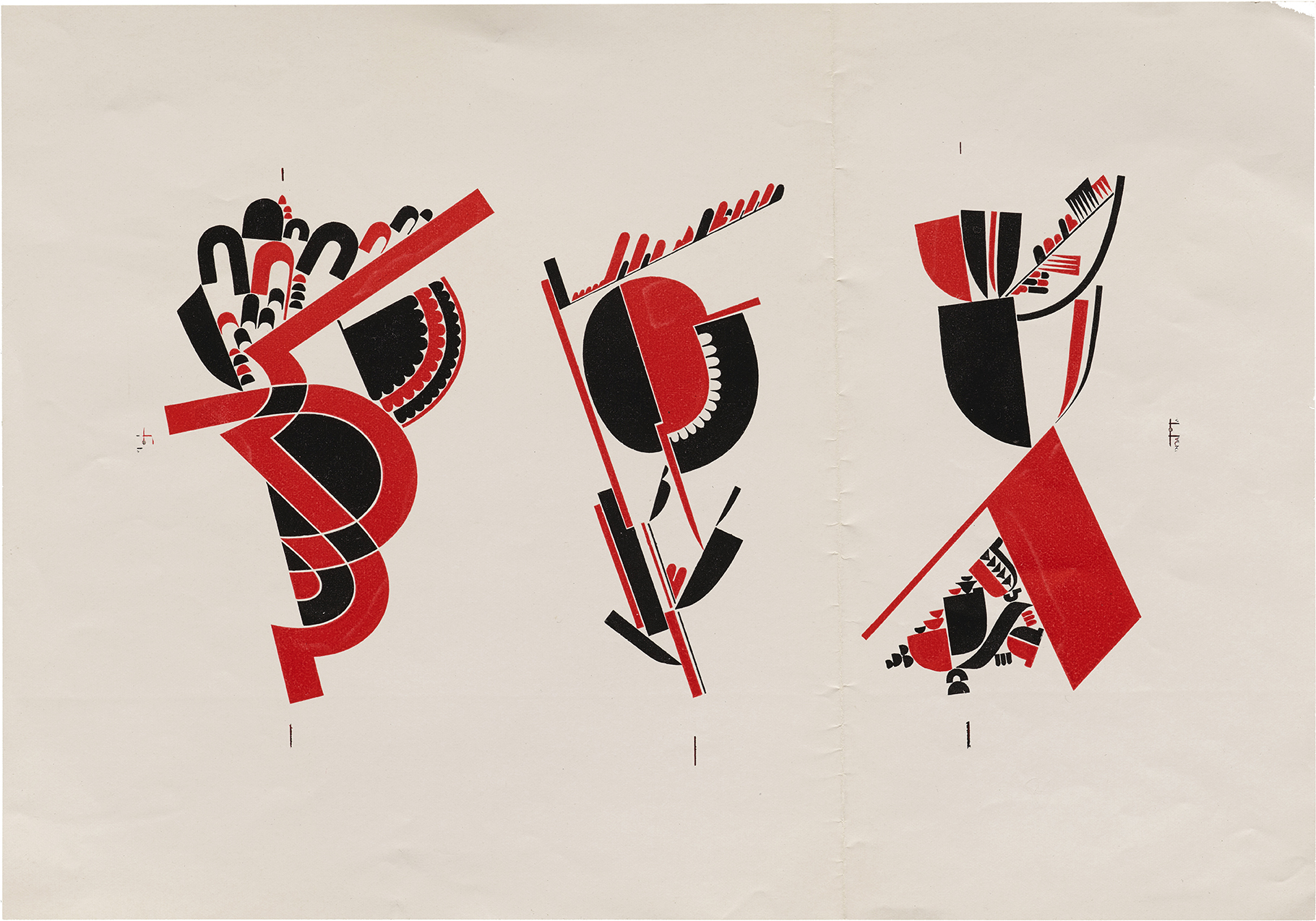
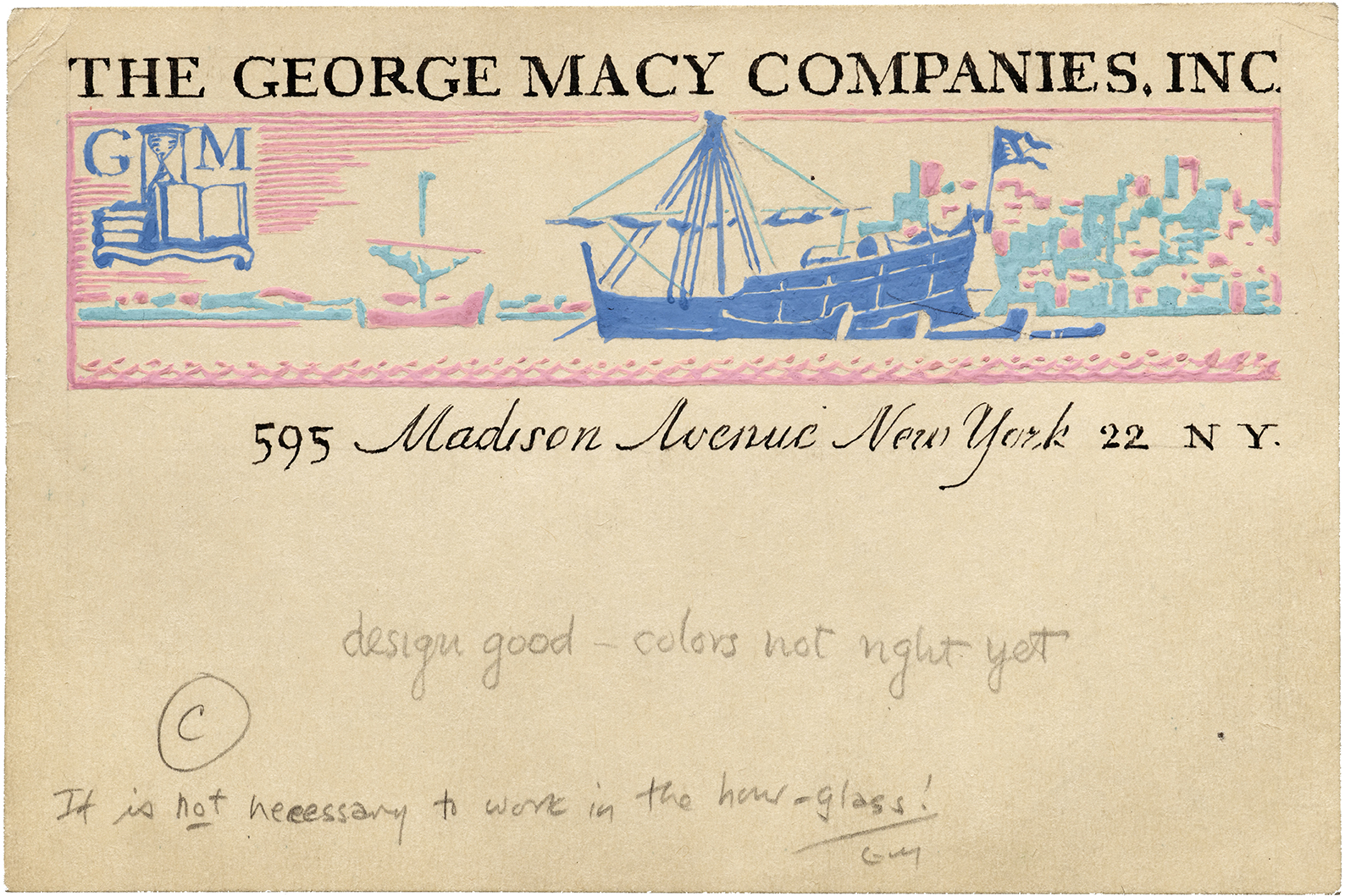
He also says that there is a “Band of Brothers” feeling with everyone that is contributing to the book. This is because Kennett has known or worked with everyone for many years; from the book binder, to the publisher, to the copy editor, to the person hand-lettering the spine of the deluxe edition.
““There is a sense that we are working as a family to make something that Dwiggins would be proud of.””
Kennett estimates that he has made over 100 trips to the “Dwiggins Room” at the Boston Public Library and gathered over 12,000 images, of which only 1,200 are in the book. “Even the 480 pages of the book is just the tip of the iceberg in my opinion. This is the roadmap for all future scholarship on Dwiggins, which is such a big responsibility.”
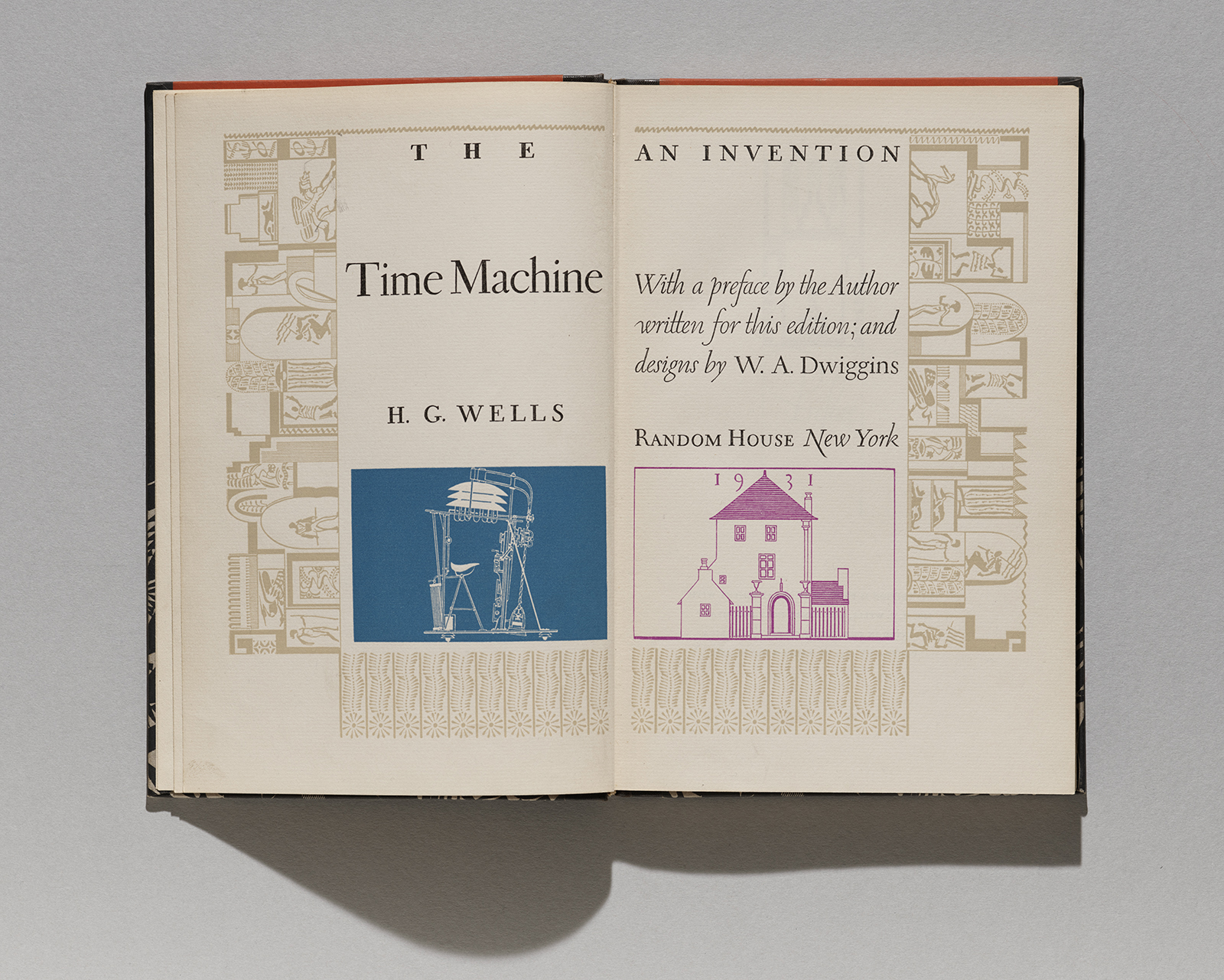
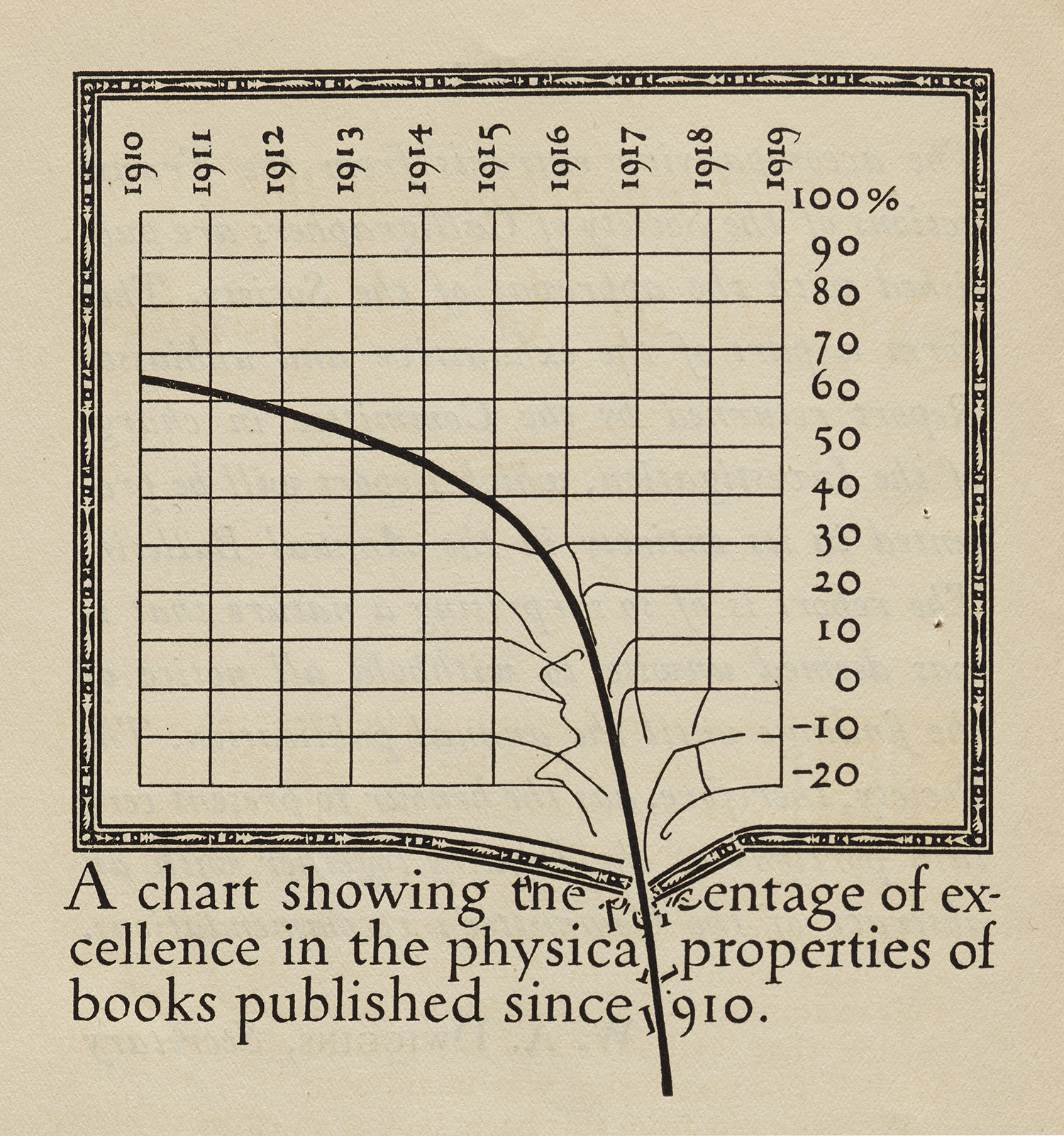
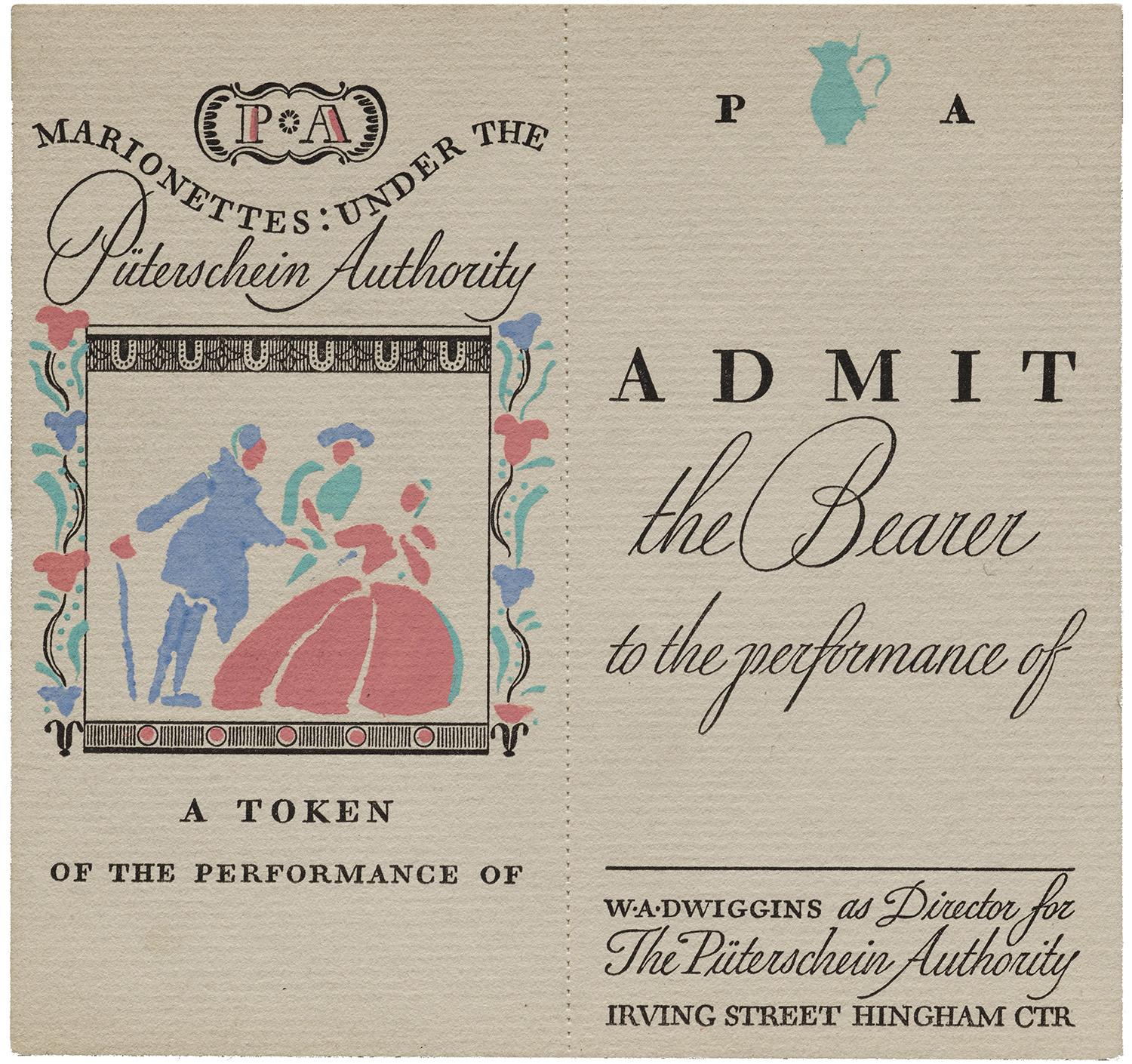
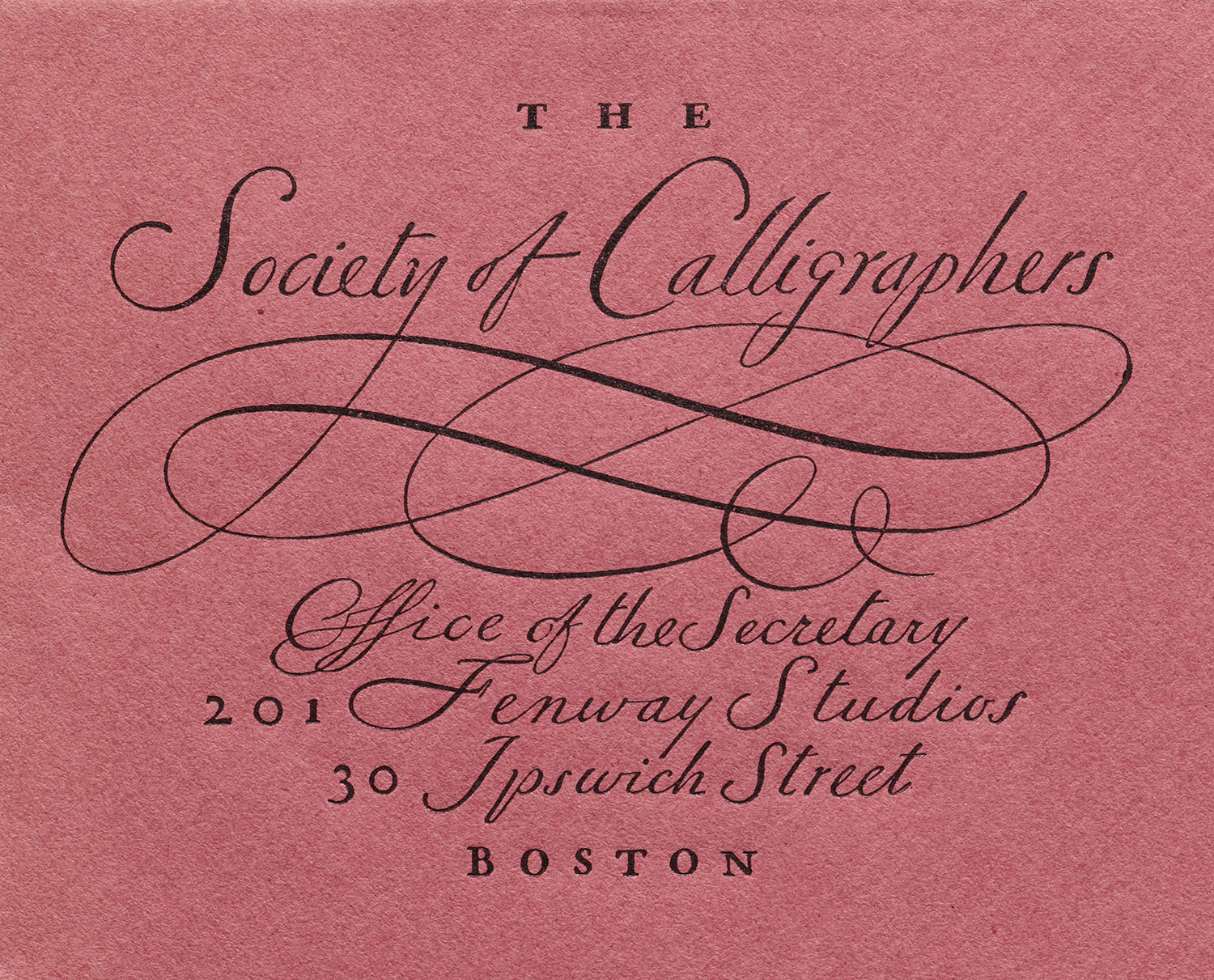
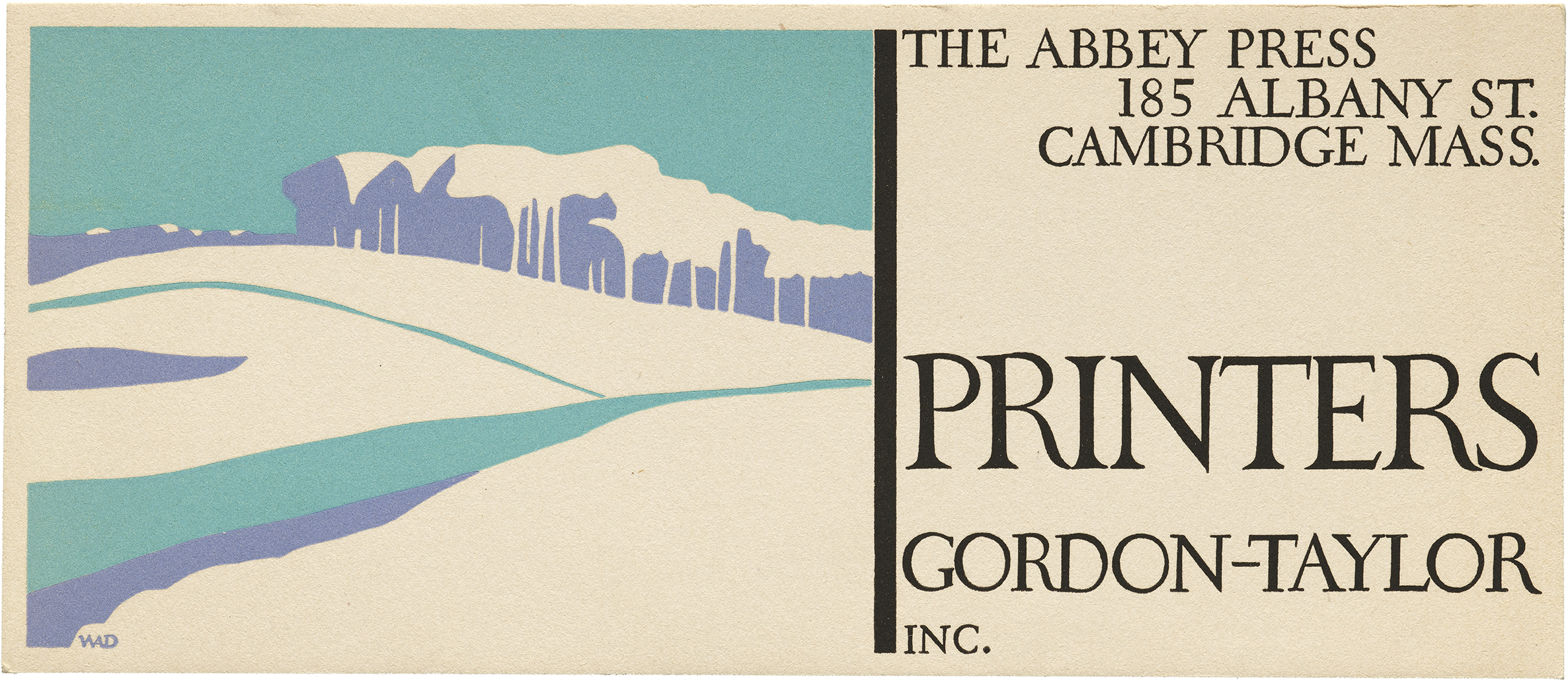
Kickstarting the Book
So why would Bruce and the Letterform Archive go to crowd-funding to help publish the book? It gets down to quality. The $50,000 that the Letterform Archive is hoping to raise will not cover the full costs of producing the book, but it will raise the seed-money needed to make it happen.
““Because we are selling directly to the reader through Kickstarter, we can put that money directly into the quality of the book instead of dealing with the usual markup from traditional publishers.” ”
The book will be printed and bound in New England with skilled North American labor, using paper from Sappi, Strathmore, and Mohawk and the reader can be assured that no detail has been left unconsidered.
Learn more about Dwiggins and pre-order the book by visiting the Kickstarter Project.










